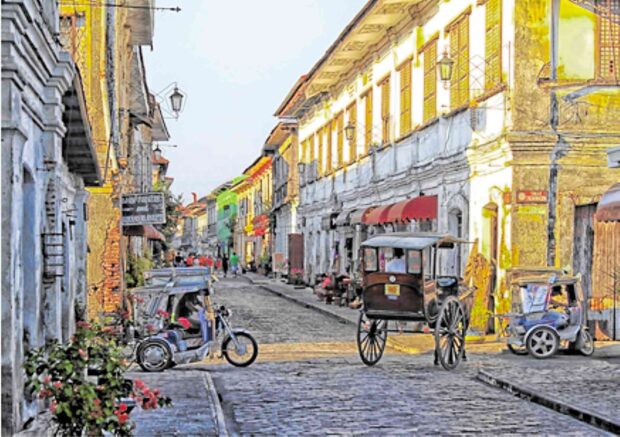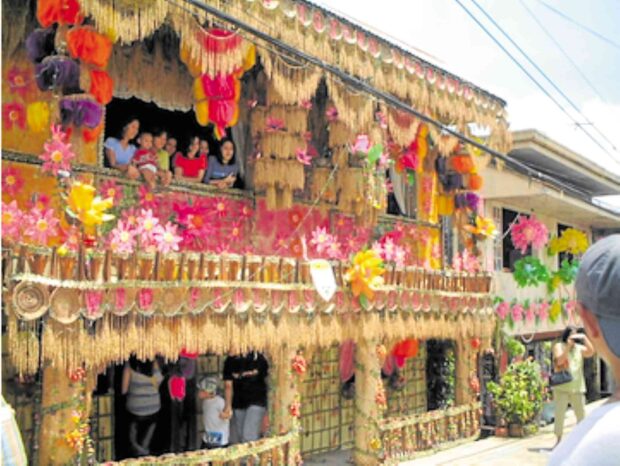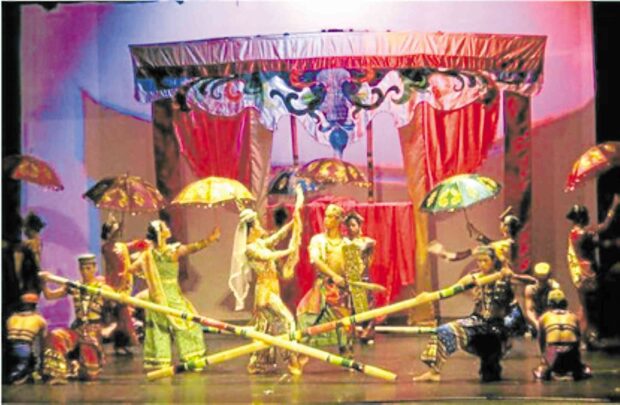The value of cultural heritage to communities
Culture is the lifeblood of a society, expressed in the many ways we tell our stories, celebrate, remember the past, entertain ourselves, and imagine the future.
Our creative expression helps define who we are and helps us see the world through the eyes of others. We participate in culture in many ways—as audiences, professionals, amateurs, volunteers, and donors or investors.
In addition to its intrinsic value, culture provides important social and economic benefits. With improved learning and health, increased tolerance, and opportunities to come together with others, culture enhances our quality of life and increases overall wellbeing for both individuals and communities.
Individual and social benefits of culture
Participating in culture is a source of delight and can provide emotionally and intellectually moving experiences that encourage celebration or contemplation. Culture is also a means of expressing creativity, forging an individual identity, and enhancing or preserving a community’s sense of place.
Cultural opportunities are opportunities for leisure, entertainment, learning, and sharing experiences with others. From historic churches to theaters to museums to dance studios to art galleries to festivals, culture brings people together.
In children and youth, participation in culture helps develop thinking skills, builds self-esteem, and improves resilience, all of which enhance education outcomes.
For example, students from low-income families who take part in arts activities at school are three times more likely to get a degree than those who do not. In a number of countries, schools that integrate arts in their curriculum have shown consistently higher average reading and mathematics scores compared with similar schools that do not.
Cultural heritage broadens opportunities for education and lifelong learning, including a better understanding of history. Our cities’ cultural heritage can be the source of educational products and learning resources designed around built heritage assets and cultural landscapes.
Healthy population
Participation in culture also contributes to healthy populations in several ways.
Creativity and cultural engagement have shown to improve both mental and physical health. Culture can be integrated into health care. A growing body of research demonstrates that the arts can improve the health and well-being of older adults. Participation in the arts can relieve isolation and promote identity formation and intercultural understanding.

Vigan, with its preserved Calle Crisologo, is another UNESCO World Heritage Site. (HTTPS://EN.WIKIPEDIA.ORG)
Studies have found that active participation in the arts have positive health benefits, such as social cohesion and emotional and physical well-being. In many of our older towns and cities, culture is simultaneously art, creative expression, religious practice, ritual models and markers of territorial heritage as well as maps of individual and community identity and lineage. Research has shown that the revitalization of indigenous cultures plays a key role in supporting the health, wellbeing and healing of individuals and communities.
Social capital
The benefits of culture for individuals can spill over to society as a whole.
Culture helps build social capital, the glue that holds communities together. By bringing people together, cultural activities such as festivals, town fiestas, fairs or classes create social solidarity and cohesion, fostering social inclusion, community empowerment, and capacity-building, and enhancing confidence, civic pride and tolerance.
The social capital created through culture increases with regular participation in cultural activities. Cultural engagement also plays a role in poverty reduction and strategies for communities at risk.
Culture is important to the vitality of communities. Research in many countries have shown direct connections between culture and community revitalization. Social networks created through community-based arts initiatives can result in direct economic benefits for the neighborhood, such as new uses of existing facilities, and new jobs for local artists.
Our diverse cultural heritage resources tell the story of our shared past, fostering social cohesion. They are intrinsic to our sense of place. Investments in heritage streetscapes have been shown to have a positive impact on sense of place. Benefits include improved quality of life for local residents, a feeling of pride, identification with the past, and a sense of belonging to a wider community.
Culture helps cities develop compelling city narratives and distinctive brands, with unique selling points for tourists and business investors. Culturally rich districts also enhance competitiveness by attracting talents and businesses. Cultural heritage is also a factor in rural redevelopment, supporting tourism, community renewal, and the conservation of farms.
Economic benefits of culture
The culture sector helps spur the economy and innovation in other sectors in the form of productivity advancements, regional development, community branding, and increased local tourism.
Economic opportunities created by culture have taken on greater importance as economies transition from the industrial model and work based on physical labor to a new model in which knowledge and creativity drive productivity and growth. Knowledge-based economies favor ideas to stimulate innovation, and they develop specialized services and highly customized products to create value. Information, technology, and learning are central to their performance.
A good example of the kind of culture-based jobs and businesses is film and television production, which includes computer animation, visual effects, and post-production facilities.
Contribution to tourism
Culture particularly makes a significant contribution to the tourism industry throughout the Philippines, further supporting job creation and encouraging infrastructure development.
The many festivals and events hosted each year in many cities and towns of the country, coupled with historic churches and sites, ancestral houses, art galleries and museums, are magnets of cultural tourists. A significant percentage of foreign tourists who visit the Philippines often seek out cultural activities on their visit.

The Miag-ao Church in Iloilo has been listed by UNESCO as a World Heritage Site. (HTTPS://GUIDETOTHEPHILIPPINES.PH)
There are significant opportunities to grow cultural tourism through marketing cultural heritage assets and historic sites. There are also opportunities for promoting music tourism as a means of showcasing local talents and promoting their work. Local music scenes can help brand communities to attract local as well as foreign tourists.
Strengthening communities
The role of culture in strengthening communities is increasingly being recognized the world over. Many strategies incorporate culture into city/town planning to enrich quality of life for their residents, create a unique sense of place, and reap economic benefits through cultural tourism and revitalized neighborhoods.
With the many direct and indirect contribution to GDP, many towns and cities throughout the world are examining ways of enhancing the economic benefits of culture, adopting measures to fuel innovation, promote their creative industries globally, and strengthen the financial capacity of companies and individuals producing creative products and services. They are designing policies to foster business innovation, assist producers in accessing international markets, and encouraging capital investment through new financing models.
In our changing environment, the need for new technical, business, and other skills has made investing in the culture sector workforce a high priority. In some countries, this begins with education and training in schools, especially in digital skills. Leadership and management skills are another focus area as the ageing population makes succession planning in cultural organizations increasingly critical.

The Malasimbo Music and Arts Festival in Puerto Galera in Mindoro attracts many foreign musicians and artists every March. (HTTPS://WWW.VACATIONSTRAVEL.COM)
Most countries are encouraging collaboration and partnerships as a strategic direction. Partnerships and consortia can help creators and organizations meet financing and other resource requirements while sharing expertise.
Collaboration across disciplines and sectors such as business, health, education, and technology can lead to innovation in art as well as new products and new revenue-sharing opportunities.
The author is an architect and an environmental planner, past president of the Heritage Conservation Society, and the principal urban planner of CONCEP Inc., a private consulting firm specializing in sustainable development


